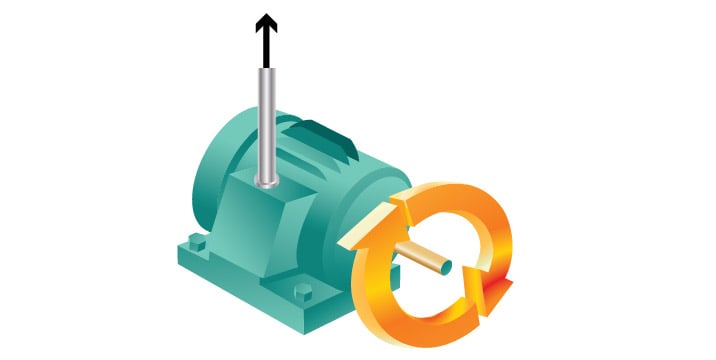
Usually, an anus is absent, but a few species have either one or two anal pores. The digestive system has a simple sac with a mouth either in the middle of the anterior end of the ventral surface. The body is solid and is filled with a spongy connective tissue (called mesenchyme), which surrounds all the body organs.Ī circulatory system is not present. Muscular suckers on the ventral (or bottom) surface, spines, and hooks are used for attachment. Many are flattened and ribbonlike or leaflike, although a few are circular and stout in cross-section. The fluke's symmetrical body is protected by a noncellular cuticle. A few attack a single host, while others need two or more hosts.Ī Liver fluke (Fasciola hepatica) is represented below: A few are external parasites (or ectoparasites) a few attach themselves to the internal organs (or endoparasites) others are semi-external, attaching themselves to the lining of the mouth, to the cloaca (the end of the digestive tract), or to the gills. There are above 10,000 species of flukes, and they are present worldwide and range in size from up to 5 millimetres (0.2 inches) to many centimetres most do not exceed more than 100 millimetres (4 inches) in length.įlukes parasitize the members of all vertebrate classes but most commonly, frogs, parasitize fish, and turtles they also parasitize domestic animals, humans, and invertebrates such as crustaceans and mollusks.

Liver fluke definition is given as, it is any member of the invertebrate class Trematoda (or phylum Platyhelminthes), which is a parasitic flatworm family that developed millions of years ago from free-living species. Gainesville, FL: University of Florida Agricultural Experiment Station.Fluke is also called trematode or blood fluke. Hawaii Agricultural Experiment Station Bulletin 11. Common Liver Fluke in Hawaii (Distoma hepaticum). Special Collections, National Agricultural Library. National Animal Parasite Collection Records. Special Collections, National Agricultural Library.ĭill, Robert. “Conceptual Firsts Accomplished in Helminthological Investigations.” 1961. Beltsville, MD: Associates of the National Agricultural Library, Inc.Īnimal Disease and Parasite Research Division, Agricultural Research Service.

Graham Purchase, and Associates of the National Agricultural Library, 113–65. “Animal Parasitology in the United States Department of Agriculture, 1886-1984.” In 100 Years of Animal Health 1884-1984, edited by Vivian D. Under muddy conditions, the eggs’ development was slowed.ġ942-1943: Hexachloroethane suspended in a bentonite mixture developed by Bureau of Animal Industry was successfully used to remove mature liver flukes from cattle.Īndrews, John S. Areas that could not be drained were treated with copper sulfate to poison the snails.ġ938: Leonard Erwin Swanson of the Bureau of Animal Industry showed that liver fluke eggs required an abundance of oxygen to develop to the infective stage. Transforming the environment in this way prevented snail propagation. The work consisted of draining swampy lands and cleaning streams to destroy the snails that served as intermediate hosts of the liver fluke Fasciola hepatica. They demonstrated that fluke eggs in meat animal livers were killed by exposure to high (116 to 121 degrees Fahrenheit) and low (0 to 38 degrees Fahrenheit) temperatures.ġ936: An allocation of emergency funds enabled the Zoological Division to start a large-scale campaign for liver fluke control in four western states: Washington, Oregon, Idaho, and Utah.

Ventral view of Fasciola hepatica (common liver fluke), 1898ġ929: The Bureau of Animal Industry’s Zoological Division collaborated with the Meat Inspection Division to test the effect of temperature on liver fluke eggs.


 0 kommentar(er)
0 kommentar(er)
